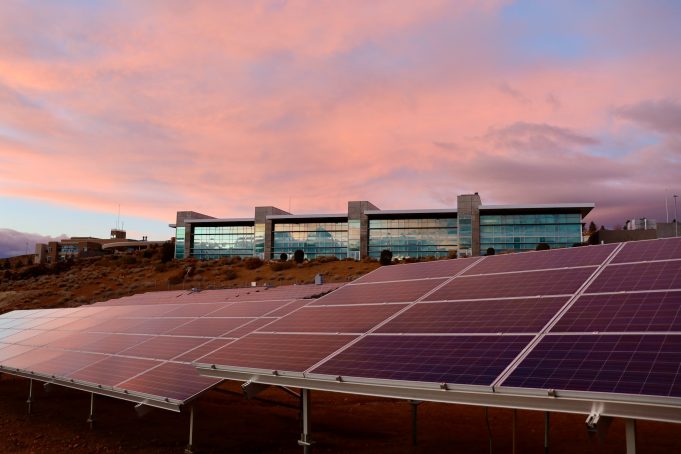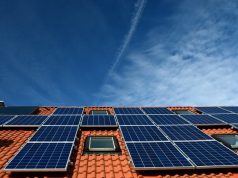When you own a building, there are several things you have to consider, like maintenance and costs. However, a more modern factor to think about is the carbon footprint of the building. It is quickly becoming important for enlightened owners to reduce their carbon footprint. Even if the construction is long over, the upkeep of a building still has a sizable footprint as it operates, whether as a residential or commercial place. Fortunately, there are several things you can change around the building to make it a lot more eco-friendly.
Better energy usage
One of the biggest carbon polluters is electrical generation. Hence, if your building consumes less electricity, it will have a much lower carbon footprint. There are several ways to lower electrical consumption. For example, you can consult with professional electricians about what changes to make. It can be surprising how inefficient some buildings are in their electrical usage. Electricians often recommend updating old appliances or equipment since they consume a lot more than modern electronics. It can be as simple as switching to modern light bulbs, which save 40% more energy than their older counterparts.
Another method is to use natural means when possible. For example, instead of using artificial lighting, you might consider using natural lighting during the day. Install bigger windows to let in more light. You can also install mirrors in the right places so that the lights will be more effective.
If you are ambitious, you can install solar panels on your building. A visit to sites like atlanticrenewables.co.uk should give you an idea of how much a solar installation would cost. It can then ensure that your property generates a steady stream of electricity. Solar panels can last for years, thus reducing the carbon footprint of your building.
Improve HVAC options
Another major energy consumer in a building is heating, cooling, and ventilation. Heating requires burning gas, oil, and various types of fuel. Cooling is similar, but it is more with electrical consumption. The bigger the building, the higher the costs. Help lower the costs by choosing more energy-efficient methods. A geothermal heat pump, for instance, is an interesting choice. Since the Earth has a consistent temperature underground, it is often warmer during winter and colder during summer. Heat exchange can then happen without needing much energy. Additionally, cleaning out your duct system allows for efficient temperature transfers.
Implement recycling processes
Large buildings often generate a lot of waste from their tenants. All of that garbage goes to waste if it ends up in a landfill, which raises your building’s carbon footprint. Building owners should implement recycling to reduce the waste generated by the building. It is not just solid waste but liquid waste, too. Conserve water by using a greywater reuse system for maximum water savings.
All these improvements and changes will cost money, but it is a good thing that they can eventually pay for themselves. With an initial investment, you can start changing your building for the better. Decide what works best for your building to get the best results.














